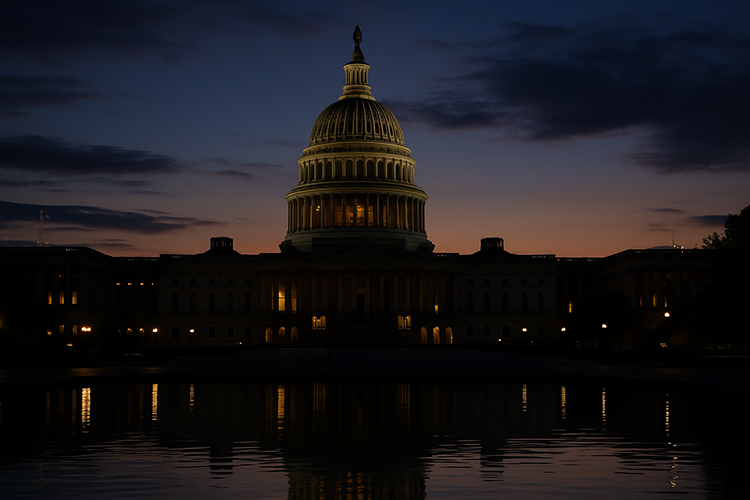2025-10-05
other

The United States has entered another government shutdown, forcing many federal services to close or scale back as Congress fails to agree on new funding. The standoff, now stretching into several days, highlights deep partisan divisions and competing ideas about the role and size of government. The shutdown began when lawmakers in the House and Senate failed to pass the spending bills that keep federal agencies running. Without these appropriations or a short-term extension, government departments lose the legal authority to spend money. As a result, hundreds of thousands of public employees are working without pay or have been furloughed, while everything from national parks to research programs and small business loan offices are shuttered. Republicans, many aligned with former President Donald Trump’s populist faction, argue that the shutdown is a necessary confrontation over what they describe as unsustainable government spending. They want deep cuts to discretionary programs, stricter border controls, and a rollback of environmental and social initiatives passed under President Joe Biden. For Trump and his allies, this is not only about budgets but about political principle — a test of whether Washington can be forced to change through fiscal confrontation. They argue that the United States, with a national debt now exceeding $34 trillion, cannot continue on its current path. Democrats, led by President Biden and the Senate majority, counter that the shutdown is reckless and self-inflicted. They accuse House Republicans of holding essential services hostage to ideological demands, warning that such tactics erode public trust and damage the economy. The administration’s position is that negotiations over spending should happen while the government remains open, not during a crisis. Democrats also point out that much of the contested spending includes bipartisan priorities such as defense and veterans’ programs. The consequences are already visible. Federal workers are bracing for missed paychecks, national parks have closed, and some air traffic and border operations are being maintained only by staff working unpaid. Economists warn that a prolonged shutdown could drag on growth in the final quarter of the year, delay consumer tax refunds, and rattle financial markets. Past shutdowns have shown that while federal workers eventually receive back pay, contractors and small businesses that rely on government work often do not, compounding the long-term economic cost. Political observers note that shutdowns rarely achieve their stated goals. In previous decades, similar confrontations ended with neither side gaining a clear advantage but with public frustration growing. The longer they last, the more likely voters are to punish whichever party is perceived as responsible. For now, both sides appear entrenched. Republicans insist that reducing government spending is a moral and fiscal necessity. Democrats insist that stability must come first and that budget discipline should not come at the expense of essential services. Between these two positions, the machinery of government has once again ground to a halt — a symbolic reminder of how polarized U.S. politics has become, and how high the cost of political brinkmanship can be. Editorial Note: Views expressed are prospective and for information only.

